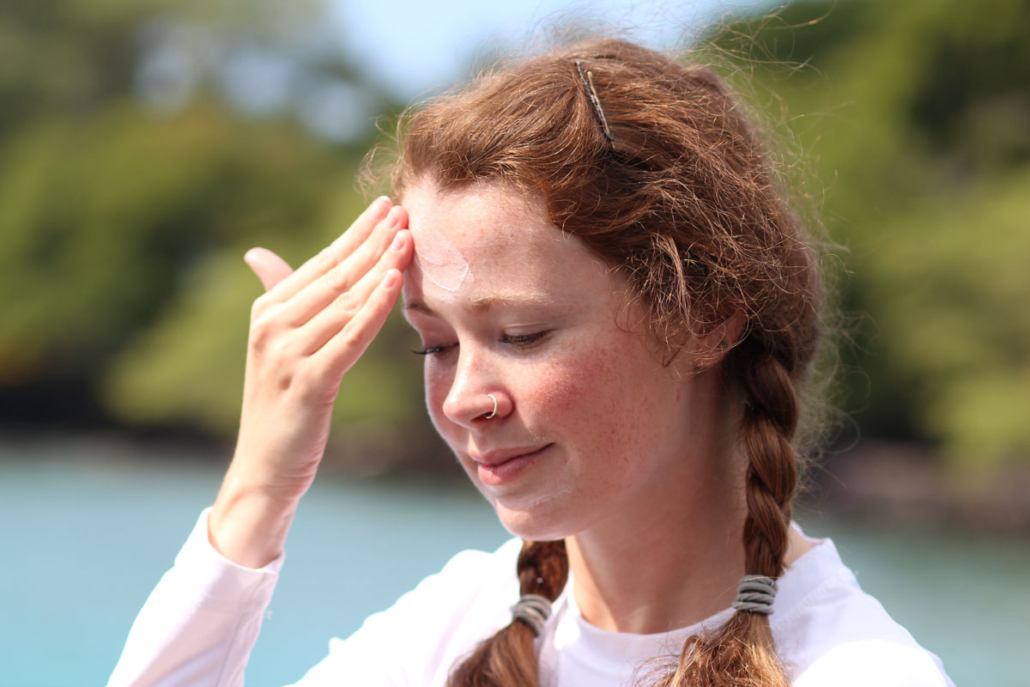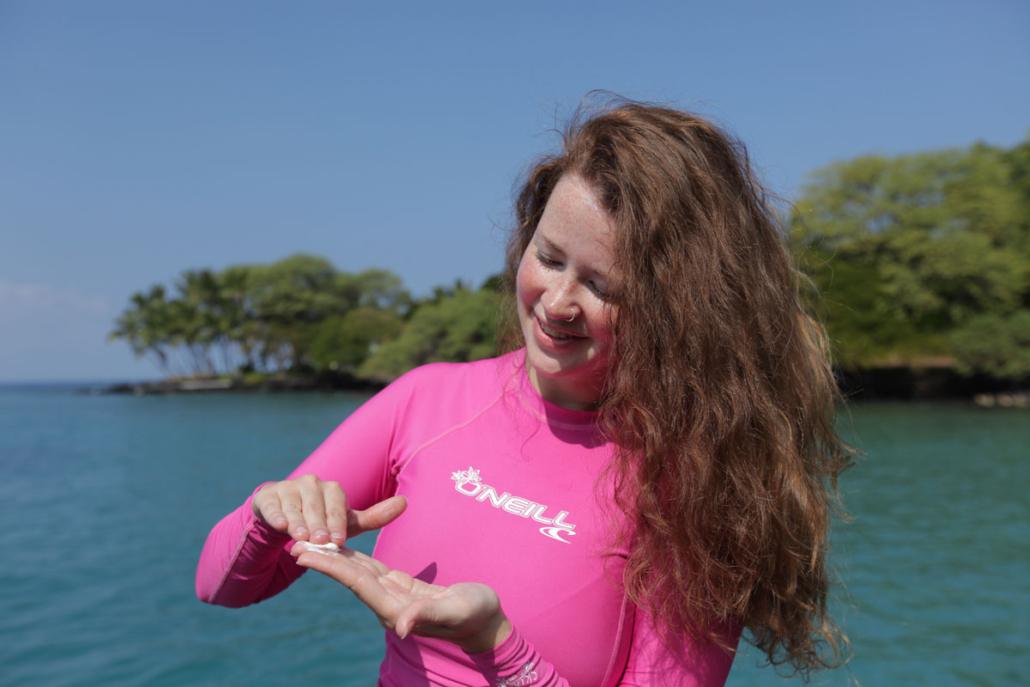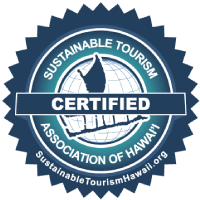Is Your Sunscreen Reef Safe?
We all know that sunscreen is a must for a day out in the sun and on the water. But did you know that a growing body of evidence indicates chemicals in sunscreens, specifically oxybenzone, are dangerous to marine wildlife?
The future of marine wildlife, especially coral reefs, depends on consumers making conscious choices when purchasing sunscreen.

The UV-absorbing compounds in traditional sunscreen have been found to contribute to coral bleaching. Coral bleaching occurs when the life-sustaining algae that normally live on coral vanishes due to changes in ocean temperatures, stress, or pollution. Once the reefs die, research indicates the chances of “coming back to life” highly unlikely.
We at Fair Wind Cruises are pleased to see those eco-conscious companies take matters into their own hands. More and more sunscreen brands are formulating sun protection lotions that are less detrimental to our underwater environment. Fair Wind II and Hula Kai guests are offered FREE reef-friendly sunscreen while on our cruises.

Eco-friendly sun protection tips:
- Avoid oxybenzone, the most common compound found in some 3,500 sunscreens worldwide. Octinoxate and octocrylene are also huge chemicals to avoid as they are even more toxic than oxybenzone but usually found in lower concentrations. Just remember it’s the big words that start with ‘o’.
- A good rule of thumb: the simpler the formula, the better.
- Opt for SPF lotions and creams instead of sprays, which are more likely to stick to the sand than your skin.
- Use multiple forms of sun protection. Apply sunscreen on your face and the front and back of your neck, ears, hands, and legs – which is the number one area that malignant melanoma occurs among women.
- Always put on sun-protective clothing to cover the rest of your body.
Reef-safe brands we carry in the Fair Wind Cruises gift shop
- All Good – https://allgoodproducts.com/
- Stream2Sea – https://stream2sea.com/
- Ao Organics – https://aoorganicshawaii.com
Other Reef-safe brands to try:
- Manda Naturals – https://mandanaturals.com/
- Badger – https://www.badgerbalm.com/c-24-natural-sunscreen.aspx
https://www.badgerbalm.com/s-29-about-badger-organic-sunscreen.aspx - Mama Kuleana – https://www.mamakuleana.com
- ‘Au ‘au – https://alohaapothecary.com/collections/sun-surf/products/sunscreen-stick




